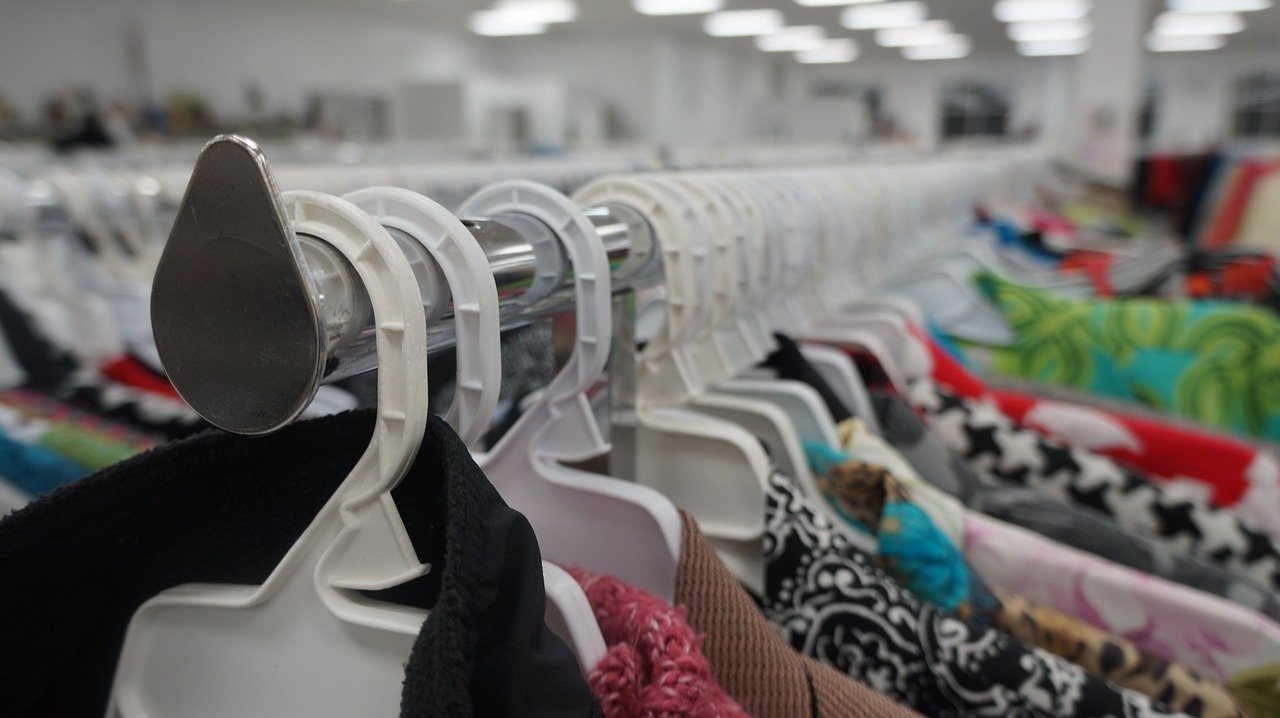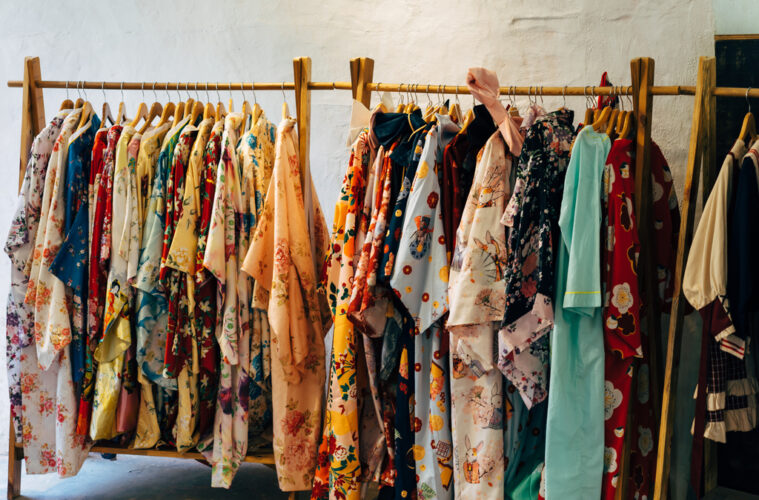Thrifting and secondhand clothing has been all the rage lately. While it’s always been a huge part of youth fashion culture, from the anti-fashion punks of the ‘70s and ‘80s, to grunge and alternative in the ‘90s and 2000s, secondhand shopping and fashion resale have taken on a completely different form in the internet age. Here’s some of the factors that lead to the ubiquity of secondhand clothing right now.

As with many fashion trends that don’t come from the runways, this trend has a lot to do with Gen Z. Young people with disposable income have always been the target audience for, well, essentially all pop culture, and today’s youth are the driving force behind the culture of the internet. What’s funny, what’s cool, what’s in and what’s out, all accelerated in the information age.

One of the recent impacts of this online culture is the success of the website Depop, an app to resell clothes secondhand online. Roughly 30 million people use Depop, more than 90% of which were born after 1994. The app was specifically designed with Gen Z in mind, as creator Simon Beckerman noticed there was no app on the market for the new generation of people most comfortable with smartphone technology. Depop was the 10th most popular fashion retail site among Gen Z, and was recently acquired by online retail company Etsy for $1.6 billion.
More than just an eBay or Kijiji for clothes, Gen Z wasn’t just using Depop to sell their old clothes they didn’t want anymore. An important part of Gen Z’s online culture is cultivating a personal brand or aesthetic, partly through clothing. Some young entrepreneurs have found success doing curated thrifting, sorting through the racks at physical thrift stores to scout for quality finds that they then markup and sell on Depop. Hypebeast culture also plays a part, with collectors of hot commodity items from highly sought-after brands such as Supreme or Bathing Ape. Everything from vintage deadstock for indie teens to limited-edition sneakers for a sneakerhead’s collection can be found being resold on Depop.

It’s not just Depop either. Grailed is another popular site for online reselling, specifically of higher-end items whose audience leans slightly older (though not as old as Etsy’s average customer at 39). Swedish fashion giant H&M has its own app, Sellpy, which is quickly growing across Europe, with more than nine million garments sold on the platform since it started in 2014. Indeed, the secondhand clothing industry is expected to more than triple in value by 2030. Secondhand already expanded 21 times faster than off-the-rack clothing did in 2019.
But perhaps the most important element of the growth of the secondhand is the aspect of sustainability. According to clothes-aid, a British clothing charity, more than 30% of unwanted clothing goes to the landfill. As consumers are becoming more aware of the social and environmental impacts of the fashion industry at large, there is a rapidly increasing demand for companies to improve their sustainability and reduce waste. When purchasing clothing second-hand, this breaks the fast-fashion pipeline from retailer to the consumer to landfill. Reselling items gives them a second life, and possibly even a third or fourth, in the hands of the proper owner.


